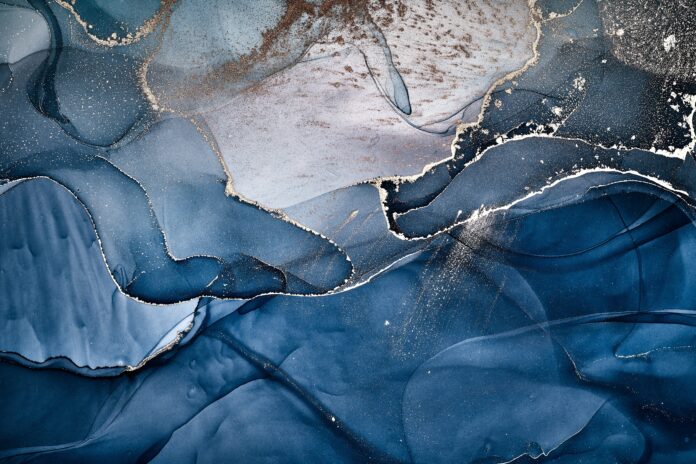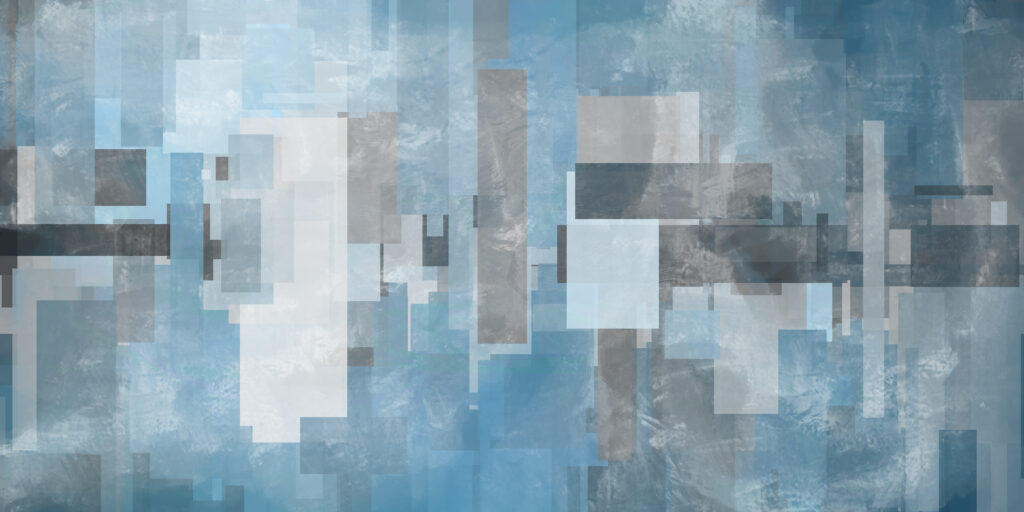
If there’s one thing in art that’s incomparable to another, it has to be the expressive freedom found in abstract painting. To someone plainly looking at abstract art, everything can look so effortless until you try it. Like any other type of artwork, abstract art requires knowledge and expertise in color combinations, composition, and texture.
If you’re thinking of getting started in abstract art or are looking to boost your expertise, this article is for you. Here, you’ll see three abstract art techniques to follow and three mistakes to avoid to help you produce better artwork.
Abstract Art Techniques To Follow
The good thing with wall art is that they don’t involve fine details. You’re just creating an impression of something with the help of colors. To achieve that, here are some of the techniques you need to follow:
- Action Painting
This is among the most radical techniques in abstract art. It’s where you move paint splashes on a canvas. It can also involve dripping and making gestural marks. This technique aims at injecting spontaneity into a piece of art. The splash, drip, or spatter effect can be a lot for the eyes, but it also comes to life through the mix of colors.
Some art critics may look at action painting as something aimless, uncontrolled, or chaotic, but it’s not, and neither is it random. You need to manipulate the splashes to create direction and physicality in a piece. This technique is one of the most recognizable abstract artworks today.
- Collage And Decollage
You might’ve encountered collage at some point in life, particularly through the school system. However, when it comes to main abstract art, you take it a notch higher from what school practice offers. In creating collage abstract artworks, you’re essentially making a two-dimensional artwork using a combination of materials, besides liquid medium, onto a surface. That’s not to say that paint medium is excluded.
Basically, you manipulate different images and elements to converge into a cohesive theme. You’re putting small elements into one big element. This allows you to create variation by showing both small and big elements as one. It’s a great way of creating space or time-based artwork.
On the other hand, decollage is the exact opposite of collage. You have one big piece, and you start removing pieces from it. First, you need to create or add layers on a surface and some parts to create an abstract expression.

- The Flipping Technique
This technique involves drawing or painting an image on one side of the canvas and, then, rotating the angle to put another image until you fill the space. You can have identical or similar images, but from different angles, to influence how the audience views the piece. Although seemingly busy, this technique helps elements move from either side of the canvas to the other.
Understanding these abstract art techniques allows you to experiment and come up with your masterpiece.
Mistakes To Avoid When Creating Abstract Art
In abstract art, what’s considered appealing is quite subjective. What you see when you look at your piece may not be what other people see. Ensure your artwork speaks to you, if not anyone else. However, there are some common mistakes you should avoid, including the following three:
- Overdoing Your Piece
In abstract painting, it can become difficult to tell when a piece is complete. So, you need to know when to stop working on it. The best way to know when your artwork is complete is when it shows consistency and coherence. If you notice that your work seems to be missing something, it’s good to take a break and come back with a fresh view.
Allow your feeling and intuition to guide you to get to what you’re missing with your eyes. The flow of your work needs to portray an idea that’s well put together. When it does, you stop working on it. Otherwise, you might introduce elements that create inconsistencies.
- Lacking A Color Theme
A lot can go wrong in a piece of art when colors don’t blend well. Use a simple color palette to begin with, and build it up. You can consider limiting your colors to blues and whites, and only up to five hues at a time. You can create new colors to work with. Before starting on your abstract piece, choose a color scheme and adhere to it. You don’t want to create a muddy color when trying to come up with a vibrant piece.
- Doubting Yourself
When you hold back your creativity, it’ll show in your piece. Don’t be afraid to go with your feelings. Try as many times as you can. Make mistakes. Start all over again until you’re satisfied with the outcome of your abstract piece. The key to succeeding in anything is consistent practice.
Takeaway
Creating an abstract piece takes a lot of effort to create what you want your audience to perceive. It requires a high level of expressiveness and knowledge of the different techniques. You need to incorporate and merge all the aspects of creating a good piece, including imagination and knowledge of basic art rules.






















